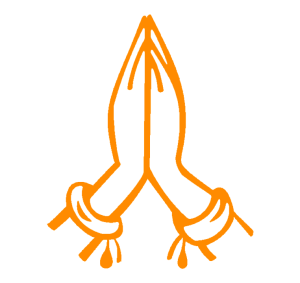


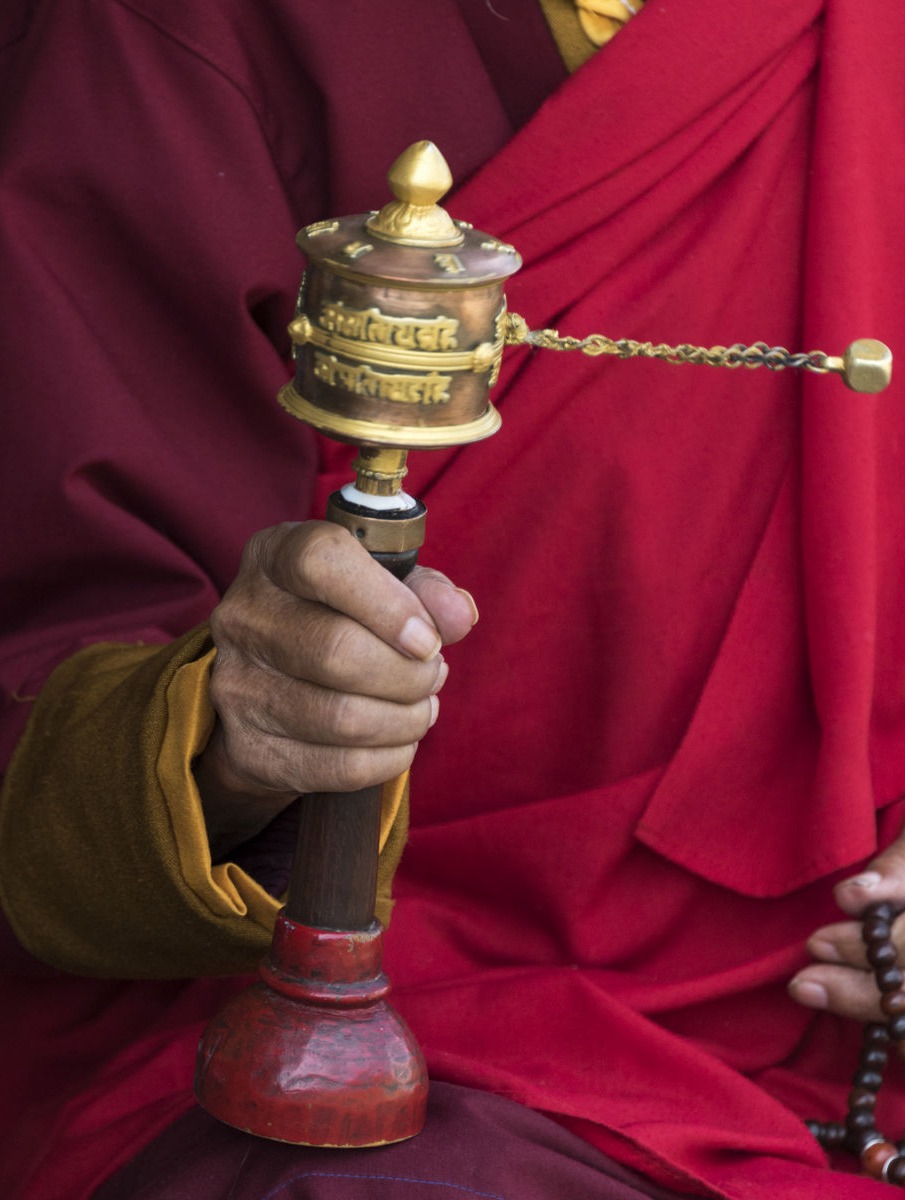
Depart Delhi by Druk Air flight to Paro. The flight into Bhutan takes you over the great Himalayas, offering the scintillating scenery of the world's highest glacial peaks. As you enter Paro valley, you will see the silvery Pa Chu (Paro River) meandering down the valley, the Paro Dzong (fortress) and Ta Dzong (watch tower). Arrive Paro & after clearing immigration and customs formalities you are met by a representative from First Tours India and drive 35 miles in 1½ hours to Thimphu the modern capital town of Bhutan. On arrival, check-in to Amankora Thimphu, set in a blue pine forest in the upper reaches of the Motithang region of Thimphu Valley. In the afternoon visit King's Memorial Chorten continuously circumambulated by people, murmuring mantras and spinning their prayer wheels. Construction of this landmark was the idea of Bhutan's third king, His Majesty Jigme Dorji Wangchuk ' the father of modern Bhutan' who has wished to erect monument to world peace and prosperity. Completed in 1974 after his untimely death, it serves both as a memorial to the Late King and as a monument to peace. Later visit Thimphu's weekend market. It is an interesting place to visit and provides opportunity to mingle with local people. In the evening visit to Trashichhoedzong 'fortress of the glorious religion'. This is the center of government and religion, site of monarch's throne room and seat of Je Khenpo or Chief Abbot. Built in 1641 by the political and religious unifier of Bhutan, Shabdrung Ngawang Namgyal, it was reconstructed in 1960s in traditional Bhutanese manner, without nails or architectural plans.
Amankora Thimphu

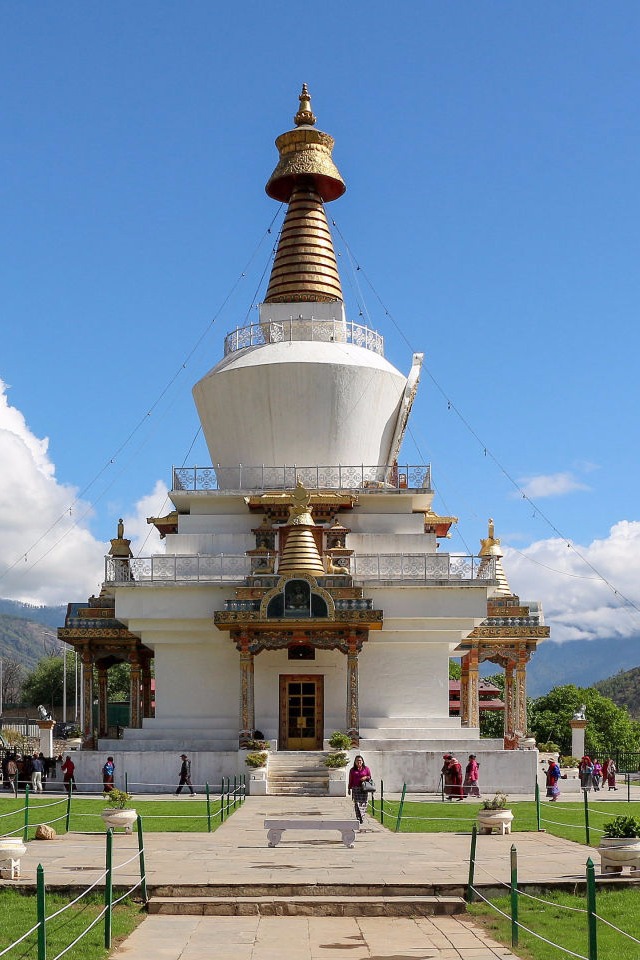
After breakfast, enjoy an excursion to Tango Goemba. This monastery was founded by Lama Gyalwa Lhanangpa in the 12th century and the present building was built in the 15th century by the "Divine Madman", Lama Drukpa Kunley. In 1616 Shabdrung Ngawang Namgyal visited Tango and meditated in a cave near the monastery. His meditation helped ensure the defeat of an invading Tibetan army. The head Lama, a descendent of Lama Drukpa Kunley presented the goemba to Shabdrung, who carved a sandalwood statue of Chenrezig which he installed in the monastery. The picturesque three-storey tower and several surrounding buildings were built in the 18th century by the eighth Desi, Druk Rabgye and Shabdrung Jigme Chhogyel added the golden roof in the 19th century. Situated north of Thimphu, one way it takes about 30 minutes drive and one hour walk through shaded rhododendron forests to reach the monastery. In the afternoon visit the National Library, housing an extensive collection of priceless Buddhist manuscripts; the Institute for Zorig Chusum (commonly known as the Painting School) where students undergo a 6-year training course in Bhutan's 13 traditional arts and crafts. Later visit Textile and Folk Heritage Museum, a fascinating testimony of the Bhutanese material culture and living traditions. Evening visit the government-run Handicrafts Emporium and local crafts shops, to browse through example of Bhutan's fine traditional arts. Here you can buy hand-woven textiles, thangkha paintings, masks, ceramics, slate and wood carvings, jewelry, interesting items made from local materials.

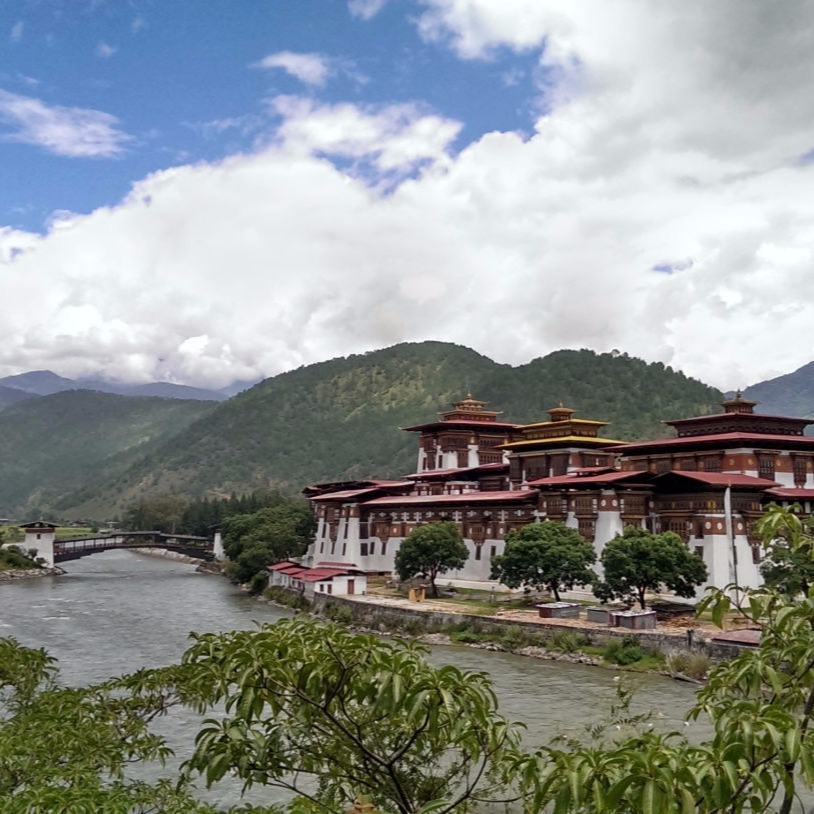
After an early breakfast, drive up 95 miles in 5 hours to Dochu-la pass, located at a height of 10,130ft, stopping briefly here to take in the view and admire the chorten, mani wall, and prayer flags which decorate the highest point on the road. If skies are clear, one can see the Masagang peak, Tsendagang peak, Terigang peak, Jejegangphugang peak, Kangphugang peak, Zongphugang peak, a table mountain that dominates the isolated region of Lunana and Gangkar puensum, the highest peak in Bhutan at 24740ft. Now drive to Wangduephodrang to visit Dzong and a local market. After sightseeing continue on to Gangtey. The valley of Gangtey is one of the most beautiful spots in Bhutan. The surprise of finding such a wide, flat valley without any trees after the hard climb through dense forests is augmented by an impression of vast space, and extremely rare experience in Bhutan where most of the valleys are tightly enclosed. Arrive Gangtey and check-in to Amankora Gangtey nestled on a forested hill in the beautiful Phobjhika Valley. In the evening take a stroll around fascinating Gangtey village.
Amankora Gangtey

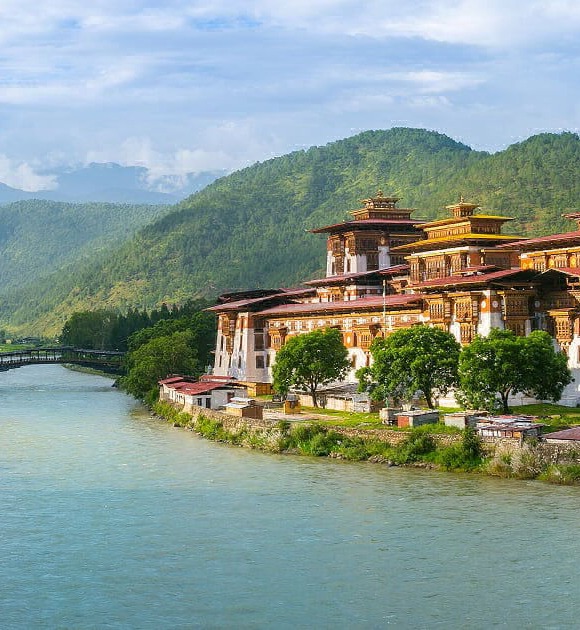
After breakfast visit Gangtey Monastery. Perched on a small hill that rises from the valley floor, the Gangtey Monastery is the only Nyingmapa monastery on the western side of the Black Mountain's and also the biggest Nyingmapa monastery in Bhutan. The Monastery is surrounded by a large village inhabited mainly by the families of the 140 Gomchens who take care of the Monastery. Later explore beautiful Phobjikha valley lying about two kilometers beyond the Gangtey Monastery, on the valley floor. This place is the winter home of black necked cranes that migrate from the arid plains in the north to pass winter in milder and lower climate. Phobjikha, at an altitude of 2900 m, falls under the district of Wangduephodrang and lies on the periphery of the Black Mountain National Park. After lunch, drive 85 km. in 3 hours to the ancient capital town of Punakha. On arrival check-in to Amankora Punakha situated east of the Dochu La Pass and in the backdrop of Punakha Dzong.
Amankora Punakha

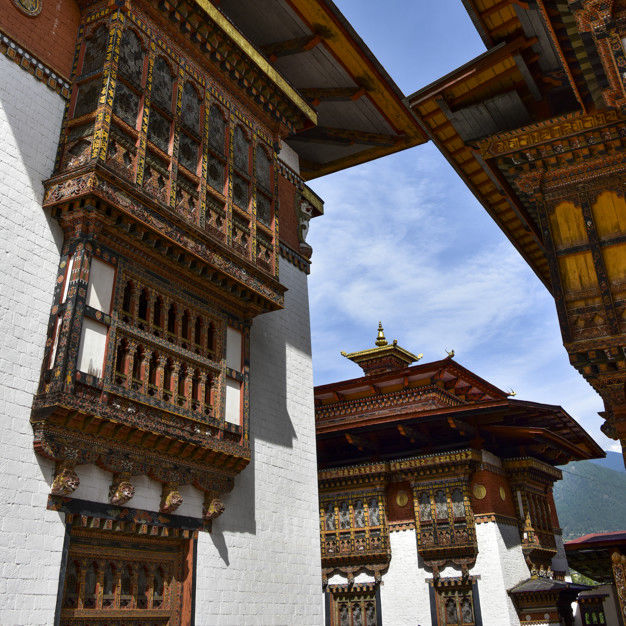
After breakfast visit to Punakha Dzong. Built strategically at the junction of Pho Chhu and Mo Chhu rivers in 1637 by Shabdrung Ngawang Namgyal to serve as the religious and administrative centre of the region, Punakha Dzong has played an important role in Bhutan's history. Damaged by four catastrophic fires and an earthquake, the Dzong has been fully restored by the present King. Later enjoy an excursion to Chimi Lhakhang, situated on a hillock in the centre of the valley. It is dedicated to Lama Drukpa Kuenley, who in the late 15th century used humor, songs and outrageous behavior to dramatize his teachings and due to this he is also known as "Divine Madman". This temple is also known as the temple of fertility. It is widely believed that couples who do not have children and wanting one, if they pray at this temple, they are usually blessed with a child very soon. The trail leads across rice fields to the tiny settlement of Pana, meaning "field". It then follows a tiny stream downhill to Yoaka and across more fields before making a short climb to Chimi Lhakhang.

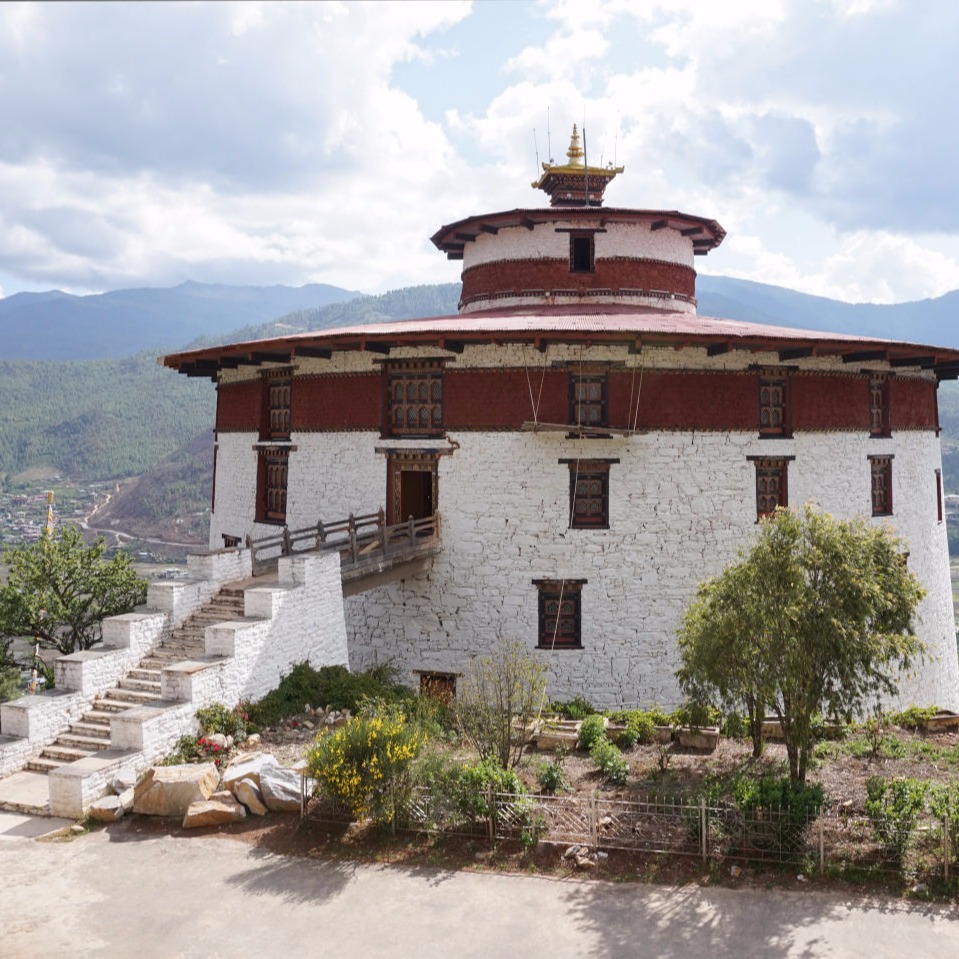
After breakfast drive a distance of 75 miles in 4 hours to Paro visiting Simtokha Dzong en route. This dzong, built in 1627 by Shabdrung Ngawang Namgyal, stands on a low ridge 8 km down the valley from Thimphu. The Institute for Language and Cultural Studies is located here. The most noteworthy artistic feature of this dzong is the series of over 300 finely worked slate carvings behind the prayer wheels in the courtyard. Afternoon visit Ta Dzong, originally built as Watchtower, which now houses the National Museum. Extensive collection of the museum includes antique thangkha paintings, textiles, weapons and armour, household objects and a rich assortment of natural and historic artifacts. Later walk down the trail to visit Rinpung Dzong, meaning "fortress of the heap of jewels", which has a long and fascinating history. Along the wooden galleries lining the inner courtyard are fine wall paintings illustrating Buddhist lore such as four friends, the old man of long life, the wheel of life, scenes from the life of Milarepa, Mount, Sumeru and other cosmic Mandala. After sightseeing proceed to Paro and check-in to Amankora Paro.
Amankora Paro

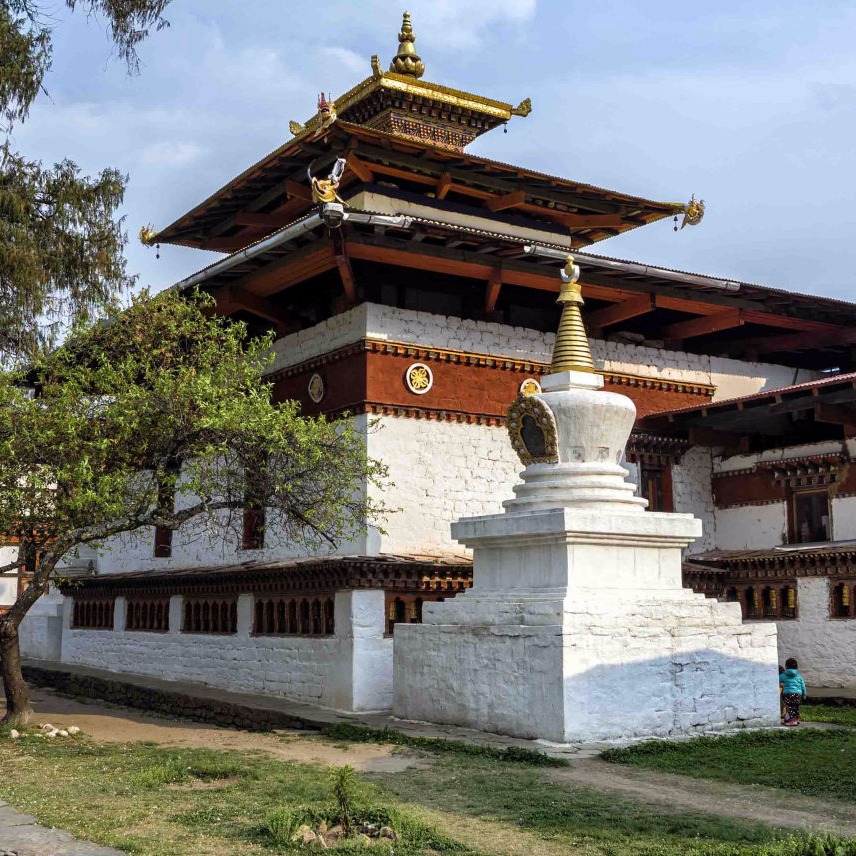
After breakfast enjoy an excursion to Taktsang Monastery. It is one of the most famous of Bhutan's monasteries, perched on the side of a cliff 900m above the Paro valley floor. It is said that Guru Rinpoche arrived here on the back of a tigress and meditated at this monastery and hence it is called 'Tiger's Nest'. This site has been recognized as a most sacred place and visited by Shabdrung Ngawang Namgyal in 1646 and now visited by all Bhutanese at least once in their lifetime. On 19 April, 1998, a fire severely damaged the main structure of building but now this Bhutanese jewel has been restored to its original splendor. Later drive to Drukgyel Dzong, a ruined fortress where Bhutanese warriors fought Tibetan invaders centuries ago. The snowy dome of sacred Chomolhari, 'mountain of goddess' can be seen in all her glory from the approach road to the Dzong. Along the way, visit the 7th century Kyichu Lhakhang, one of the 108 temples built in the Himalayas by Tibetan King, Songtsen Gampo. The building of this temple marks the introduction of Buddhism in Bhutan.

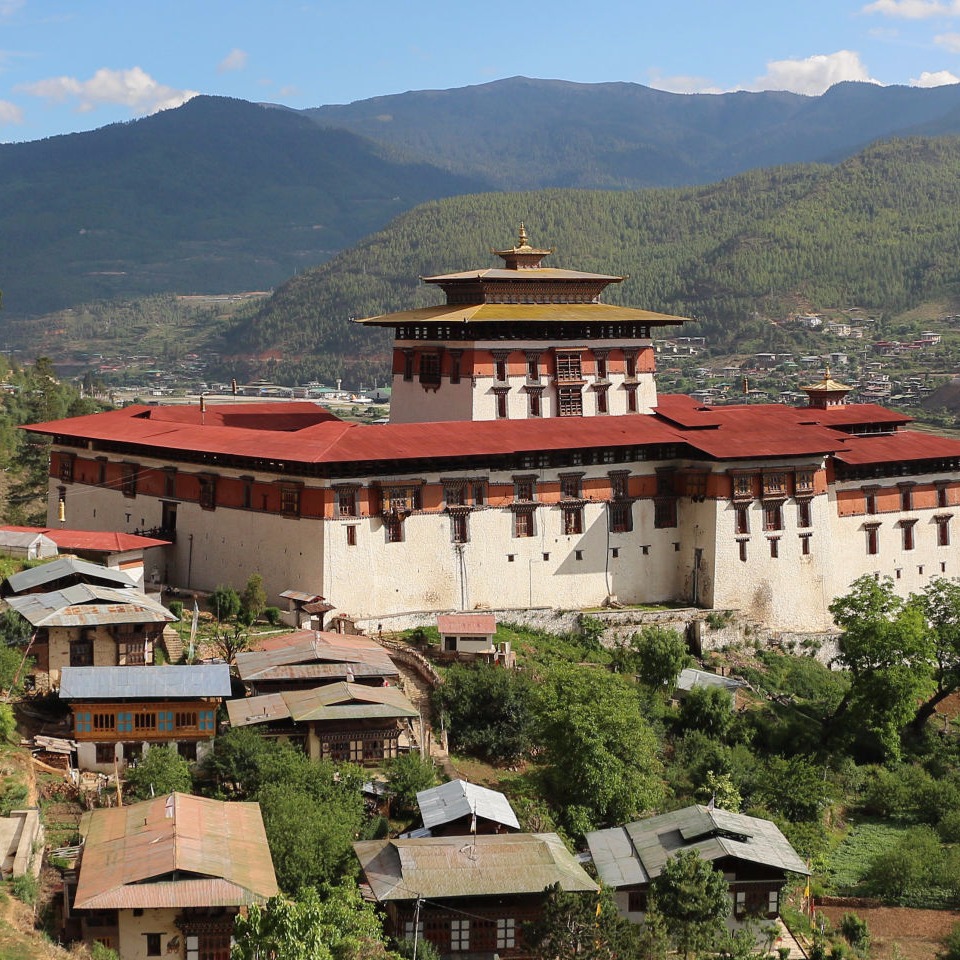
After breakfast drive to Paro airport in time for Druk Air flight to Delhi.
